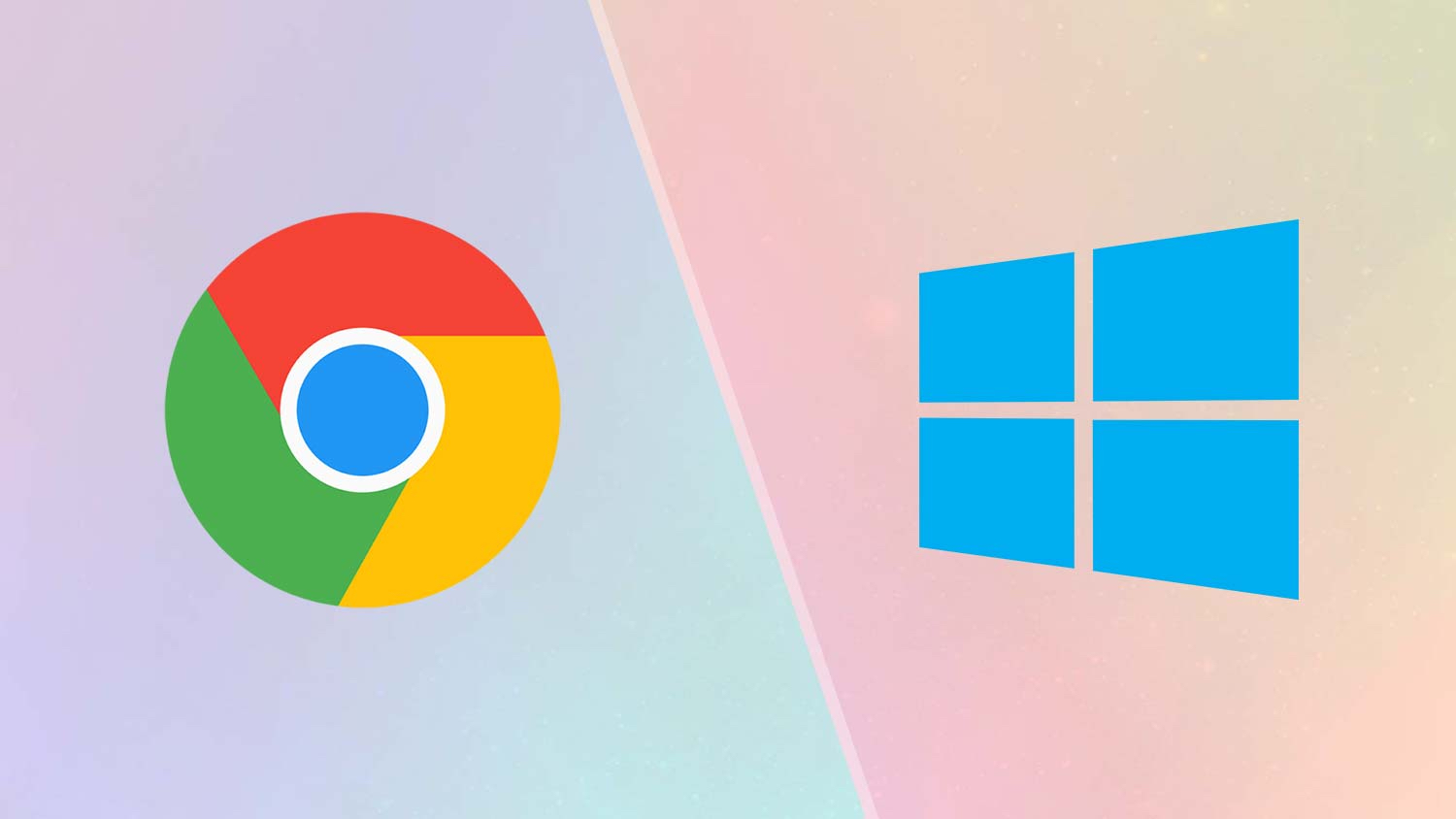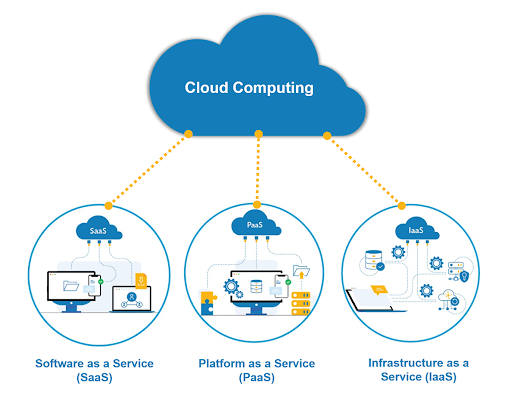Chrome vs Windows: which one is best for students?

As a student, you likely rely on your computer for a variety of tasks, including research, writing papers, and completing assignments. With so many operating systems and web browsers available, it can be difficult to determine which one is the best for your needs . In this blog, we'll compare two popular options: Google Chrome and Windows. Performance When it comes to performance, both Chrome and Windows have their strengths and weaknesses. Chrome is known for its speed and ability to handle multiple tabs and applications, making it a great choice for students who need to juggle multiple tasks at once. Windows, on the other hand, is a more versatile operating system that can handle a wider range of software and hardware. Security Security is a crucial concern for students who may be storing sensitive data on their computers. Chrome has a number of built-in security features, including automatic updates and a sandboxing system that isolates individual tabs and prevents mal





